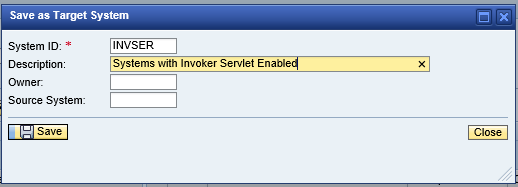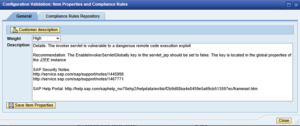Security in SAP HANA
SAP HANA is now deployed by over 7,500 organizations worldwide. While this represents only a fraction of the 300,000 companies that use SAP software globally, adoption is growing rapidly, doubling in 2015 alone. As expected, the introduction of SAP Business Suite 4 SAP HANA (S/4HANA) has accelerated this growth by widening the use-case for SAP HANA from analytics to transactional processing for core business processes.
While the performance and administrative benefits of SAP HANA are clear-cut, the benefits for security are more questionable. Unlike conventional persistent databases, HANA does not provide any native capability for label-based access control, data discovery and classification, data redaction and masking, or database firewalls. HANA also presents an architectural challenge for security engineers since some implementation scenarios integrate application and database layers that are traditionally hosted in separate physical or virtual servers.
SAP has addressed some of these concerns in later releases of HANA. SPS 12 includes features to isolate databases in multi-tenant environments to prevent cross-database attacks. It also includes more advanced logging capabilities to support multiple log formats and fine-grained audit policies. This is discussed in the newly updated whitepaper Security in SAP HANA, available in the resources section. The whitepaper provides a framework for securing HANA systems including network security, authentication and authorization, encryption for data in transit and at rest, and OS-level security for SUSE Linux Enterprise (SLES) and Red Hat Enterprise Linux (RHEL).
HANA vulnerabilities such as potential misconfigurations in database parameters or users with special privileges should be monitored using SAP Solution Manager (SolMan). In common with other SAP systems, HANA is connected to and monitored by SolMan. Security-relevant data is extracted by agents from HANA and transmitted to SolMan for analysis. SolMan analyzes the data using rulesets to identify potential vulnerabilities that could be exploited by attackers. The results are accessible through BW or BI including Lumira and Crystal Reports.
Rulesets benchmarked against best practices and SAP recommendations can be licensed from Layer Seven Security and imported directly into your Solution Manager platforms. To learn more, contact us.





